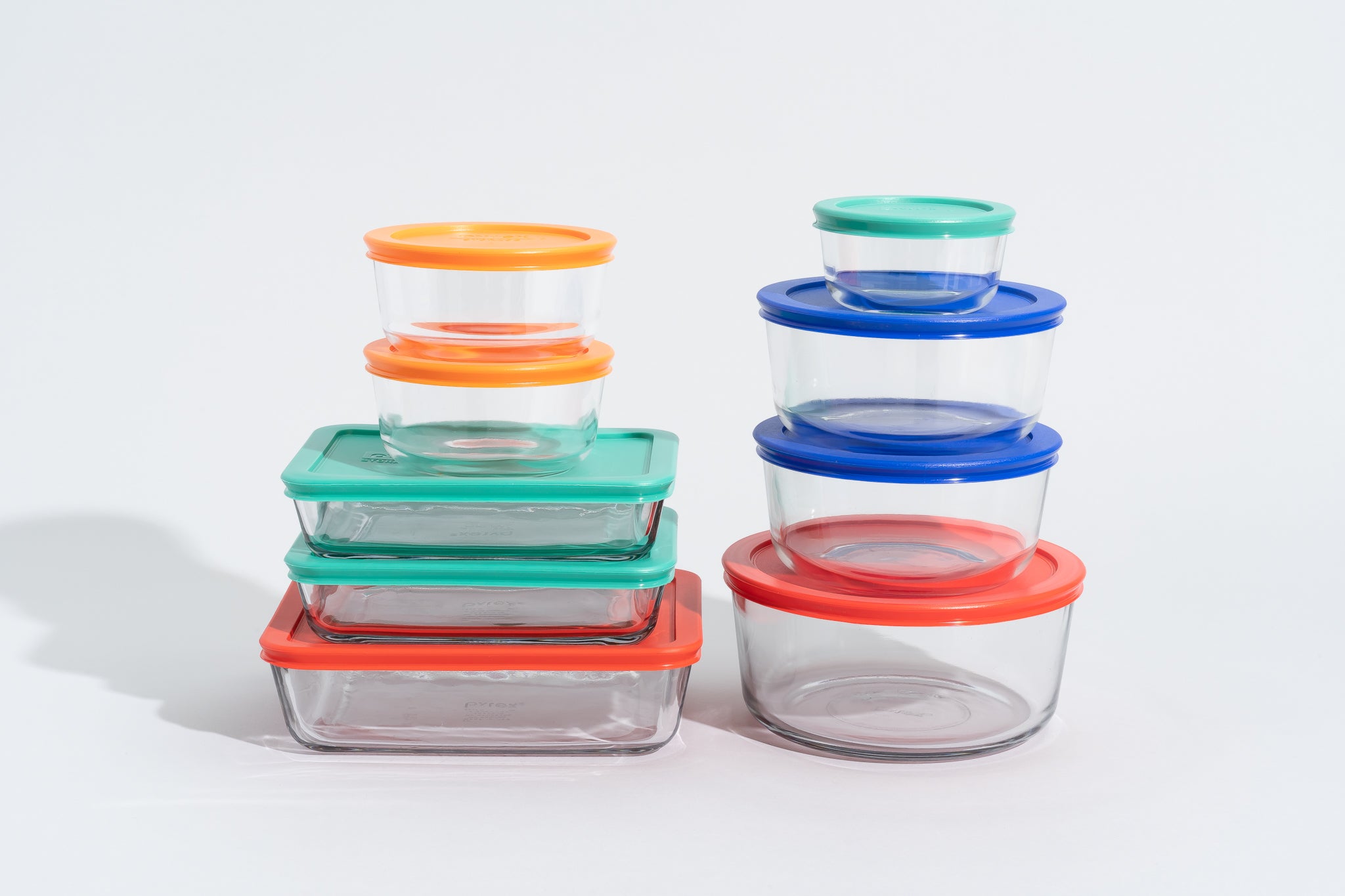

Articles
How To Store Food Storage Containers
Modified: December 7, 2023
Looking for articles on how to store food storage containers? Find helpful tips and tricks for organizing and maintaining your food storage containers properly.
(Many of the links in this article redirect to a specific reviewed product. Your purchase of these products through affiliate links helps to generate commission for Storables.com, at no extra cost. Learn more)
Introduction
Food storage containers are an essential item in every kitchen. They are not only useful for storing leftovers but also for meal prepping and organizing your pantry. However, it is often challenging to keep them organized and in good condition. In this article, we will explore the best practices for storing food storage containers to maximize their longevity and efficiency.
When it comes to choosing the right food storage containers, there are a few factors to consider. First and foremost, make sure they are made of high-quality materials that are safe to use with food. Look for containers that are BPA-free and meet industry standards for food storage. Additionally, opt for containers that are microwave-safe and dishwasher-safe for added convenience.
Another important consideration is the type of lids the containers have. Airtight lids are key to preserving the freshness of your food and preventing leaks. Look for containers with snap-on or locking lids to ensure a tight seal. Transparent lids are also beneficial as they allow you to easily identify the contents without having to open each container.
Key Takeaways:
- Choose high-quality, BPA-free food storage containers with airtight lids, stackable design, and transparency for efficient organization and food preservation.
- Properly clean, dry, and organize food storage containers to maintain hygiene, maximize space, and ensure easy access to stored items.
Choosing the Right Food Storage Containers
When it comes to choosing the right food storage containers, there are several factors to consider. Here are some tips to help you make the best choice:
- Material: Look for containers that are made of high-quality, food-grade materials. Plastic containers are a popular choice due to their affordability and durability. However, it is important to choose containers that are BPA-free and free from harmful chemicals. Glass containers are another option, as they are non-toxic and can be safely used in the microwave and dishwasher.
- Size and Shape: Consider your specific storage needs and the available space in your kitchen. It is helpful to have containers of different sizes to accommodate various amounts of food. Rectangular or square containers are more space-efficient and make stacking easier, while round containers are great for liquids and soups.
- Airtight Lids: Opt for containers with tight-fitting, airtight lids to keep your food fresh for longer. Airtight lids prevent air and moisture from entering the containers, reducing the risk of spoilage and prolonging the shelf life of your food.
- Stackable Design: Choose containers that can be easily stacked to save space in your pantry or refrigerator. Stackable containers maximize storage efficiency and help keep your kitchen organized.
- Transparent: Transparent containers allow you to easily see the contents without having to open each container. This saves time and helps you quickly locate the food items you need.
- Compatibility: If you plan to use your containers in the microwave or dishwasher, make sure they are labeled as microwave-safe and dishwasher-safe. Some plastic containers may warp or melt when exposed to high temperatures, so it’s important to choose containers that can withstand the heat without compromising their quality.
- Easy to Clean: Look for containers that are easy to clean and maintain. Containers with smooth surfaces and removable seals are generally easier to clean and ensure thorough sanitation.
By considering these factors, you can select the right food storage containers that will meet your needs and help you organize your kitchen effectively. Remember to invest in high-quality containers that will last long and provide excellent food storage solutions.
Cleaning and Drying Containers Properly
Proper cleaning and drying of food storage containers are essential to maintain their hygiene and longevity. Here are some important steps to follow:
- Empty and Remove Food Residue: Before cleaning your containers, make sure to empty any leftover food and remove any residue. Use a spatula or scraper to gently scrape off any stubborn food particles.
- Pre-Soak if Necessary: If you have containers with dried-on food, consider pre-soaking them in warm soapy water. This will help loosen the residue and make it easier to clean.
- Hand Wash or Use Dishwasher: Depending on the material and recommendations provided by the manufacturer, you can either hand wash the containers or place them in the dishwasher. Follow the instructions provided by the manufacturer for the best cleaning method.
- Use Mild Detergent: When hand washing, use a mild dish detergent or soap to clean the containers. Avoid using harsh abrasives or scrub brushes that may scratch the surface of plastic or glass containers.
- Pay Attention to Seals and Lids: Take extra care to clean the seals and lids of your food storage containers. These areas can trap food residue and bacteria if not properly cleaned. If the lids are removable, disassemble them and clean them separately.
- Avoid Staining: Certain foods, such as tomato-based sauces or curries, can leave stains on plastic containers. To prevent staining, consider spraying a light coat of cooking spray inside the container before adding the food.
- Dry Thoroughly: After washing, make sure to dry the containers thoroughly before storing them. Moisture can promote bacterial growth and cause unpleasant odors. Allow the containers to air dry or use a clean towel to dry them completely.
- Store Lids Separately: To prevent any lingering moisture and odors, store the lids separately from the containers. This will also make it easier to find the matching lids when you need them.
By following these cleaning and drying practices, you can ensure that your food storage containers remain clean, hygienic, and ready for future use. Regular cleaning and proper maintenance will help extend the lifespan of your containers and keep your kitchen organized.
Organizing Food Storage Containers
Keeping your food storage containers organized is key to maximizing space, saving time, and reducing clutter in your kitchen. Here are some tips to help you effectively organize your containers:
- Purge and Declutter: Start by going through your food storage containers and getting rid of any damaged or mismatched containers. Decluttering will help free up space and make organizing easier.
- Sort by Size and Type: Group your containers based on their size and type. This will make it easier to find the right container when you need it. Stack containers of the same size together to optimize space.
- Use Dividers or Drawer Inserts: Consider using dividers or drawer inserts to create separate compartments for your containers. This will prevent them from toppling over and keep them neatly arranged.
- Consider Container Bins: Utilize container bins or storage baskets to corral your containers and keep them together. This will help prevent them from getting scattered and make it easier to find what you’re looking for.
- Stack Vertically: Instead of nesting containers inside each other, try stacking them vertically with their lids on. This not only saves space but also allows for easier access to the containers on top.
- Utilize Cabinet Doors: Take advantage of the space on the inside of your cabinet doors. Install adhesive hooks or racks to hang lids or small containers, making them easily accessible.
- Designate a Specific Area: Dedicate a specific area in your pantry or cabinet for food storage containers. Having a designated spot will help you keep track of your inventory and prevent containers from being scattered throughout the kitchen.
- Consider a Lazy Susan: If you have a deep cabinet, a lazy Susan can be a great addition. It allows you to rotate the containers, making it easier to access items at the back.
By implementing these organizing strategies, you can create a functional and tidy storage system for your food storage containers. Keeping them organized will not only save you time and effort but also ensure that you can easily find the containers you need when preparing meals or storing leftovers.
To store food storage containers, stack them with their lids on to save space. Keep them in a designated cabinet or drawer to keep them organized and easily accessible.
Stacking and Nesting Containers
When it comes to maximizing space and maintaining a neat and organized kitchen, effectively stacking and nesting your food storage containers is essential. Here are some tips for stacking and nesting your containers:
- Match Lids and Containers: Before stacking your containers, make sure to match each container with its corresponding lid. This will help save time and prevent any frustration when searching for the right lid later on.
- Nest Containers: Nesting containers is a great way to save space when they are not in use. Stack smaller containers inside larger ones of the same shape, ensuring a secure fit. This will help free up cabinet or pantry space.
- Stack Containers by Size: When stacking containers, group them by size. Place larger containers at the bottom and gradually stack smaller ones on top. This will create a stable and organized stack.
- Keep Similar Sizes Together: To maximize space efficiency, stack containers of similar sizes together. This will allow for a more compact and stable stack, making it easier to access the containers when needed.
- Stack Lids Separately: Instead of stacking lids on top of containers, consider storing them separately. This makes it easier to find the matching lid and also prevents any potential damage to the containers during stacking and unstacking.
- Use Shelf or Drawer Organizers: Utilize shelf or drawer organizers to create separate compartments for stacking containers. These organizers will help keep the stacks upright and prevent containers from toppling over or getting mixed up.
- Consider Rack Systems: If you have a large collection of containers, consider investing in rack systems specifically designed for organizing food storage containers. These systems provide neat compartments and make it easy to access containers of different sizes.
- Leave Space between Stacks: To easily remove containers from the stack, leave a small gap between each stack. This will make it easier to grab the desired container without disturbing the entire stack.
By following these stacking and nesting techniques, you can efficiently utilize your storage space and maintain a tidy and accessible collection of food storage containers. Properly stacked and nested containers not only look neat but also make it easier to find and retrieve the container you need, saving you time and effort in the kitchen.
Labeling Containers for Easy Access
Labeling your food storage containers can greatly enhance organization and accessibility in your kitchen. By clearly marking the contents of each container, you can easily find the items you need without having to open every lid. Here are some tips for labeling your containers:
- Use Waterproof Labels: Opt for waterproof labels or markers to ensure that your labels remain intact, even when exposed to moisture or condensation.
- Label the Lid or Side: Decide whether you prefer labeling the lid or the side of the container. Both options have their benefits, so choose the one that works best for you. Lids are easily visible when stacked, while labeling the side allows for clear identification even when containers are nested inside each other.
- Include Date and Contents: In addition to labeling the contents, consider including the date the food was stored. This helps you keep track of its freshness and makes it easier to rotate and use up items in a timely manner.
- Use a Label Maker: Invest in a label maker to create professional-looking labels that are easy to read. This is especially useful if you have a large collection of containers or frequently rotate your food storage items.
- Color-Code Containers: Consider using color-coded labels or markers to further enhance organization. Assign specific colors to different types of food (e.g., green for vegetables, red for meat) to quickly identify the contents at a glance.
- Remove and Reapply Labels as Needed: Over time, labels may become worn or difficult to read. Make it a habit to remove and reapply labels when necessary to ensure clarity and readability.
- Use Clear and Legible Handwriting: If you prefer handwritten labels, use a clear and legible writing style. Make sure the labels are large enough to be easily read, especially if you have a large collection of containers.
- Consider Label Holders: For a more durable and professional-looking option, consider using label holders or plastic sleeves. These can be easily attached to containers and allow for easy removal and replacement of the label when needed.
By labeling your food storage containers, you can easily locate specific items, track their freshness, and maintain an organized and efficient kitchen. Whether you choose to use waterproof labels, a label maker, or color-coded systems, the key is to find a labeling method that suits your needs and helps streamline your food storage process.
Storing Containers Safely
Properly storing your food storage containers is not just about organization but also about ensuring the safety and longevity of your containers. Here are some essential tips for storing your containers safely:
- Keep Containers in a Cool and Dry Place: Moisture and heat can affect the quality of your containers over time. Store them in a cool and dry place away from direct sunlight or heat sources to prevent warping or damage.
- Avoid Stacking Too High: While stacking containers can save space, avoid stacking them too high to prevent them from toppling over or causing accidents when retrieving containers from higher stacks.
- Allow Space for Air Circulation: When storing your containers, leave some space between each stack or row to allow for proper air circulation. This will help prevent any trapped moisture or odors from building up.
- Separate Lids and Containers: To prevent lids from getting misplaced or damaged, store them separately from the containers. This will also make it easier to find the correct lid when needed.
- Store Nested Containers with Care: If you prefer nesting your containers to save space, make sure to stack them gently to prevent any unnecessary pressure that could cause cracks or damage.
- Avoid Overstuffing Cabinets or Pantries: Avoid cramming too many containers into your cabinets or pantry. Overcrowding can make it difficult to access and retrieve containers, and can also lead to accidental spills or breakage.
- Regularly Check for Damaged or Worn-Out Containers: Regularly inspect your containers for any signs of damage, cracks, or wear. Replace any containers that are no longer safe or functional to maintain a safe and organized storage system.
- Prioritize Safety When Storing Heavy Containers: Be mindful of how you store heavy containers to avoid any potential injuries. Place heavier containers on lower shelves or in sturdy lower cabinets to prevent accidents or strain when lifting them.
- Secure Lids for Transporting: If you need to transport food in your containers, make sure the lids are securely fastened to prevent any leaks or spills. Use additional containers or bags to provide an extra layer of protection if necessary.
- Keep Hazardous Materials Separately: If you store non-food items or hazardous materials in your kitchen cabinets, make sure to keep them separate from your food storage containers to prevent contamination.
By following these safety guidelines, you can ensure that your food storage containers remain in good condition and that your storage system is both organized and safe. Taking the time to properly store your containers will not only help preserve their quality but also contribute to a safer and more efficient kitchen environment.
Frequently Asked Questions about How To Store Food Storage Containers
Was this page helpful?
At Storables.com, we guarantee accurate and reliable information. Our content, validated by Expert Board Contributors, is crafted following stringent Editorial Policies. We're committed to providing you with well-researched, expert-backed insights for all your informational needs.
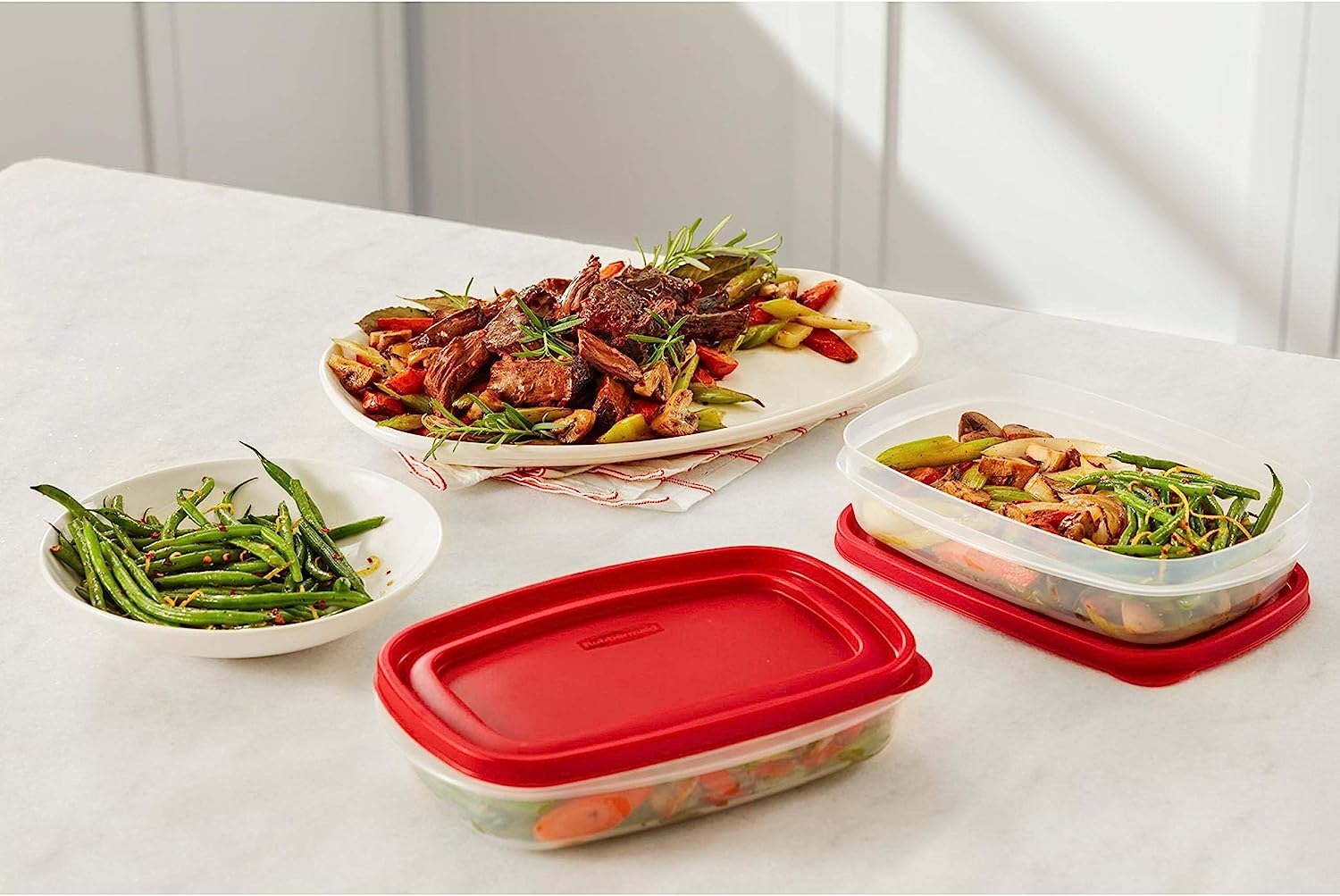
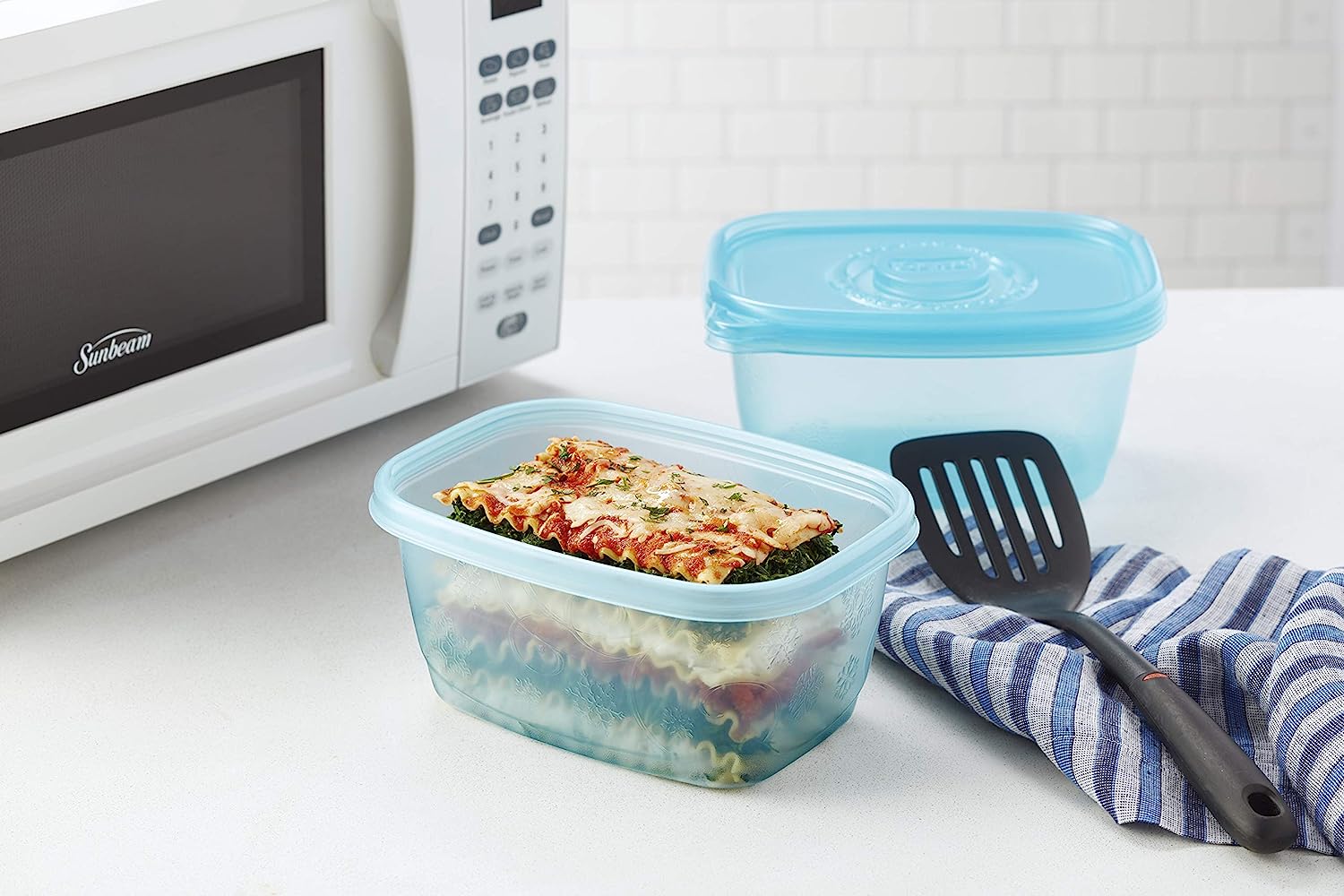
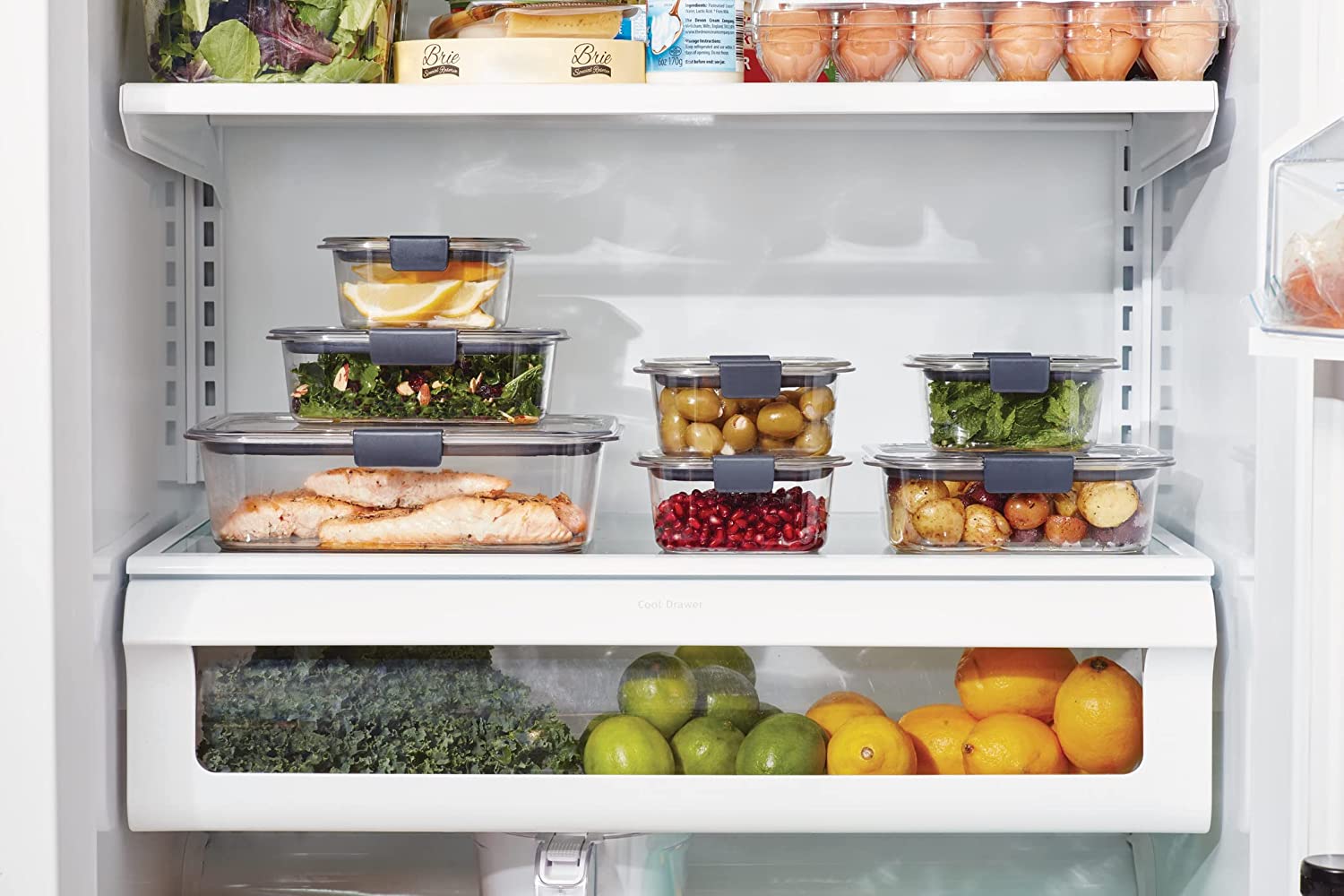
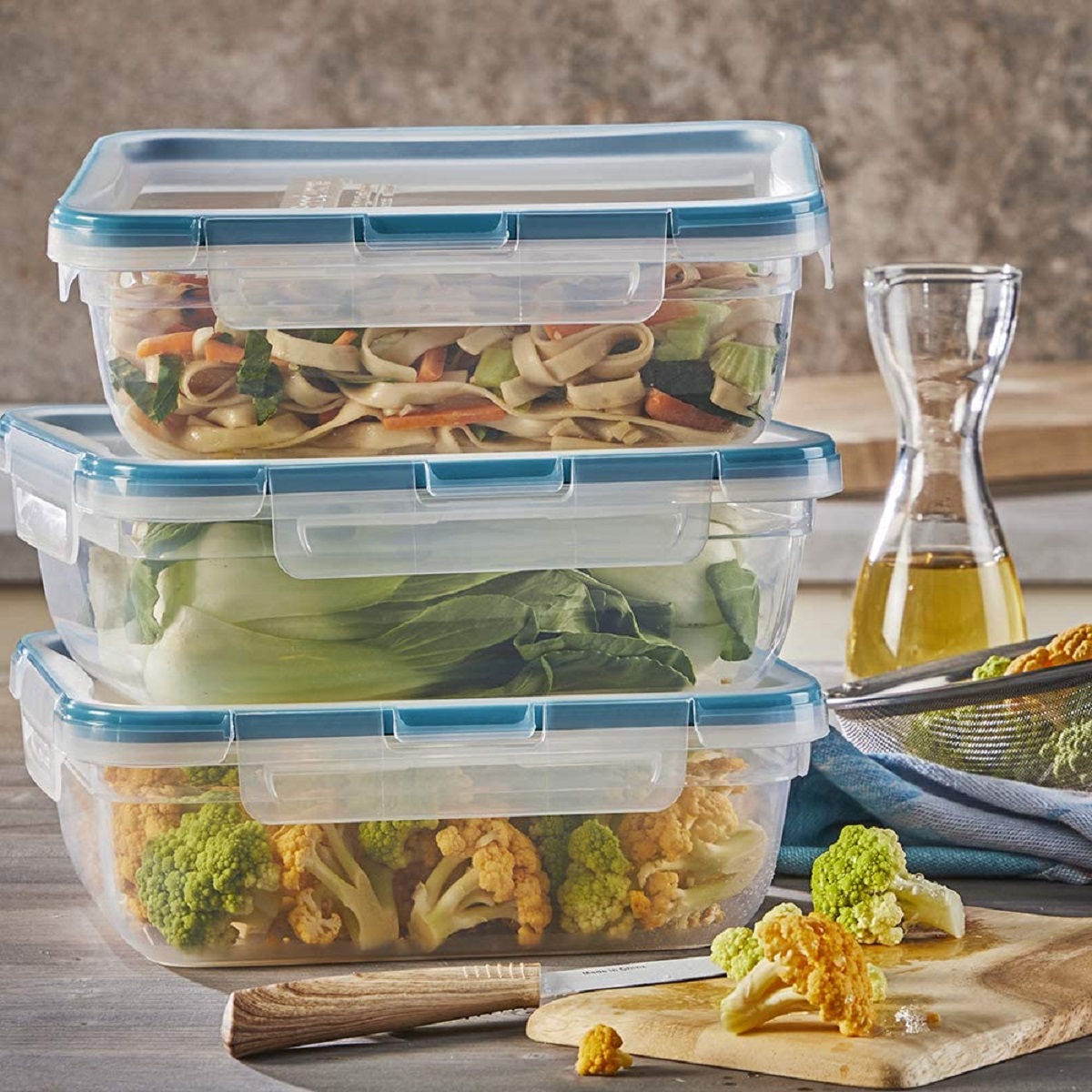
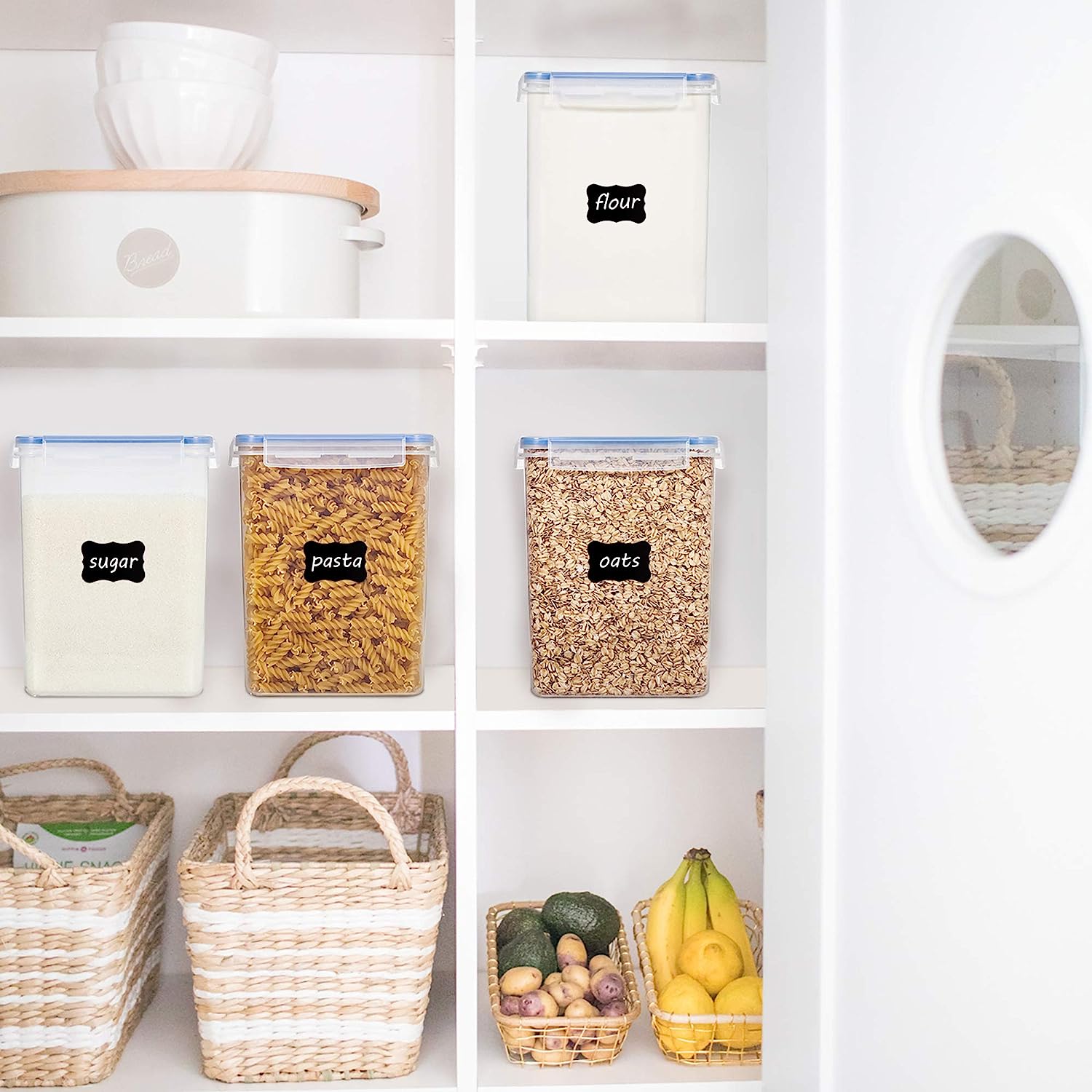

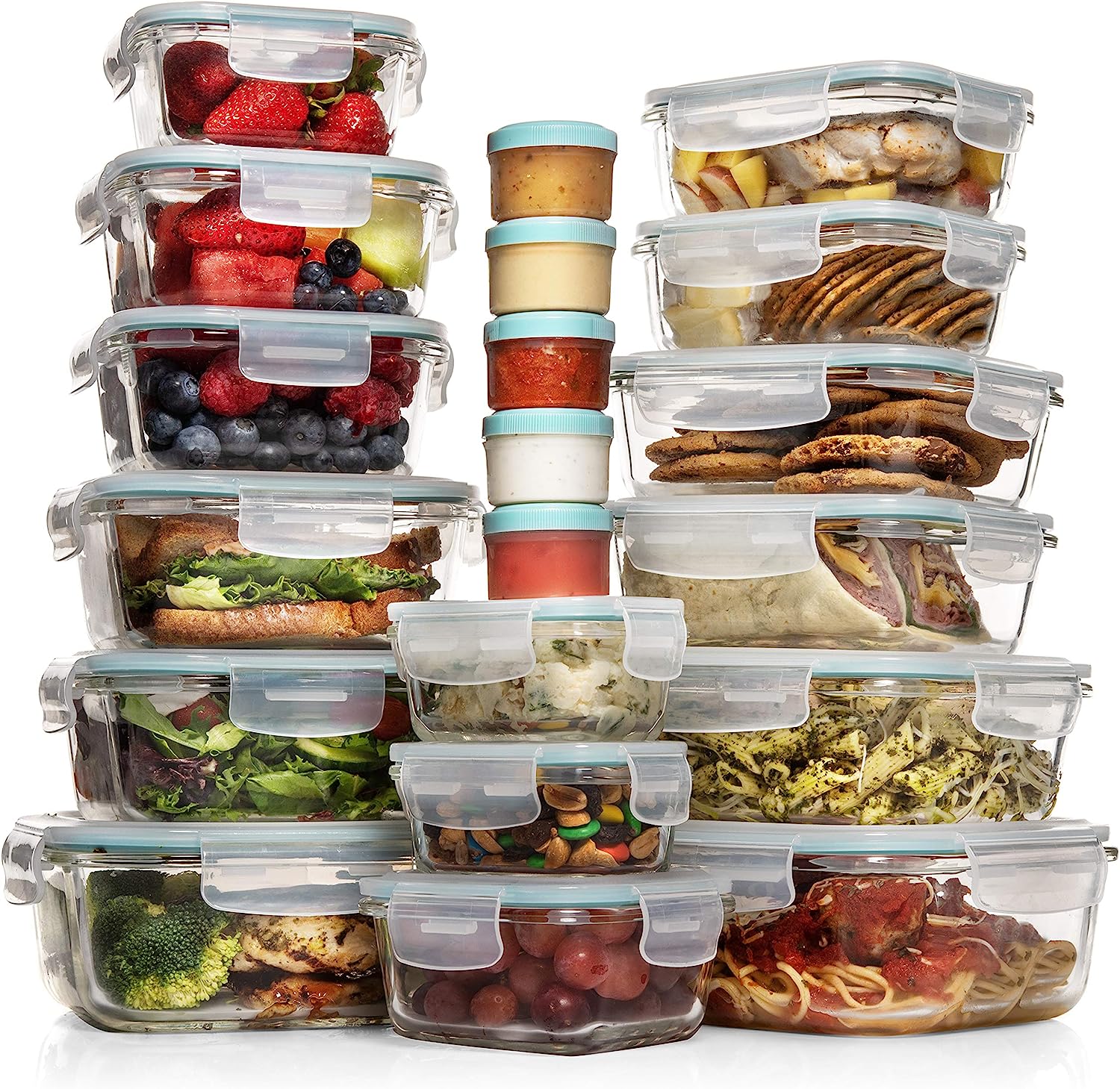
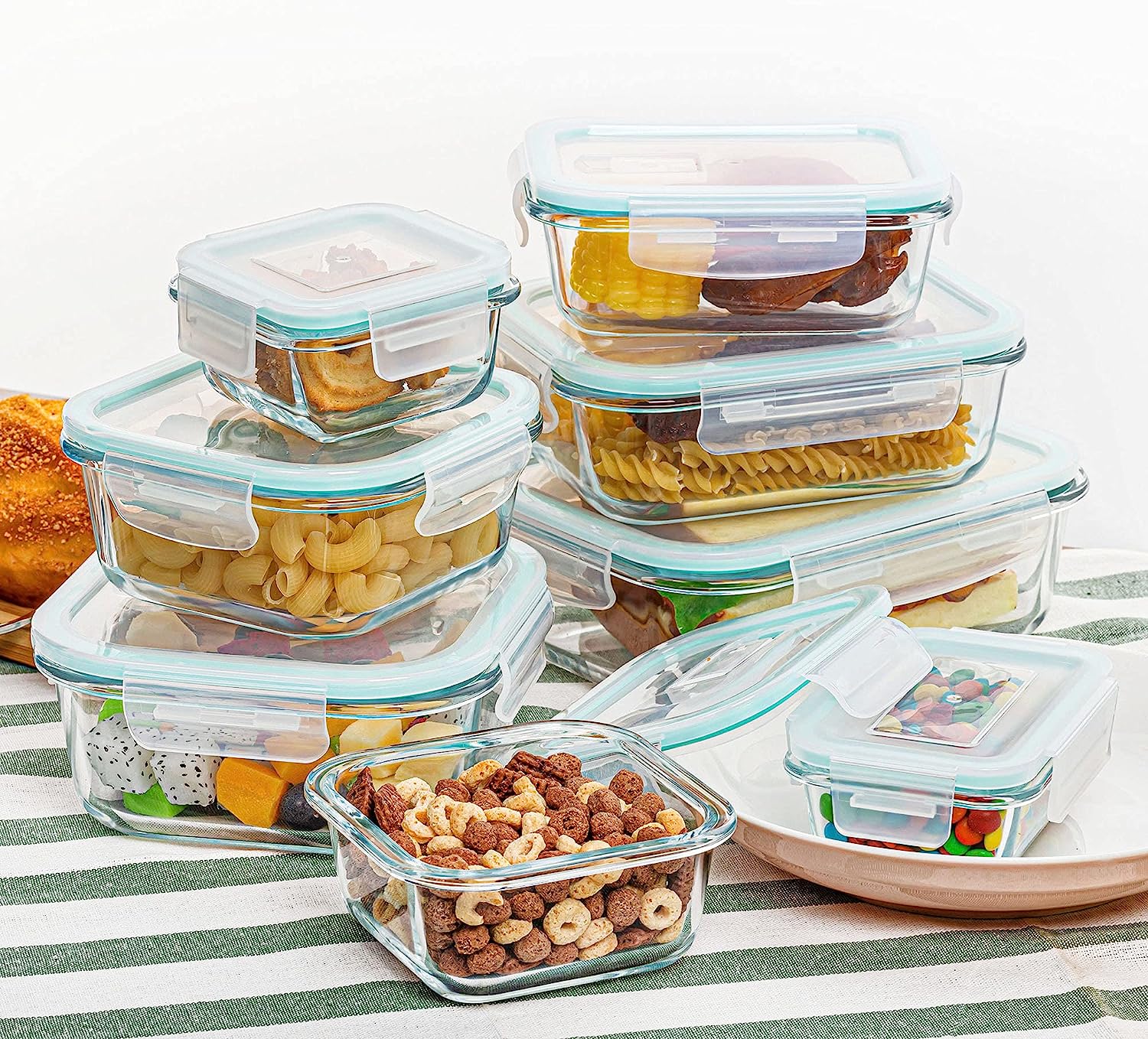
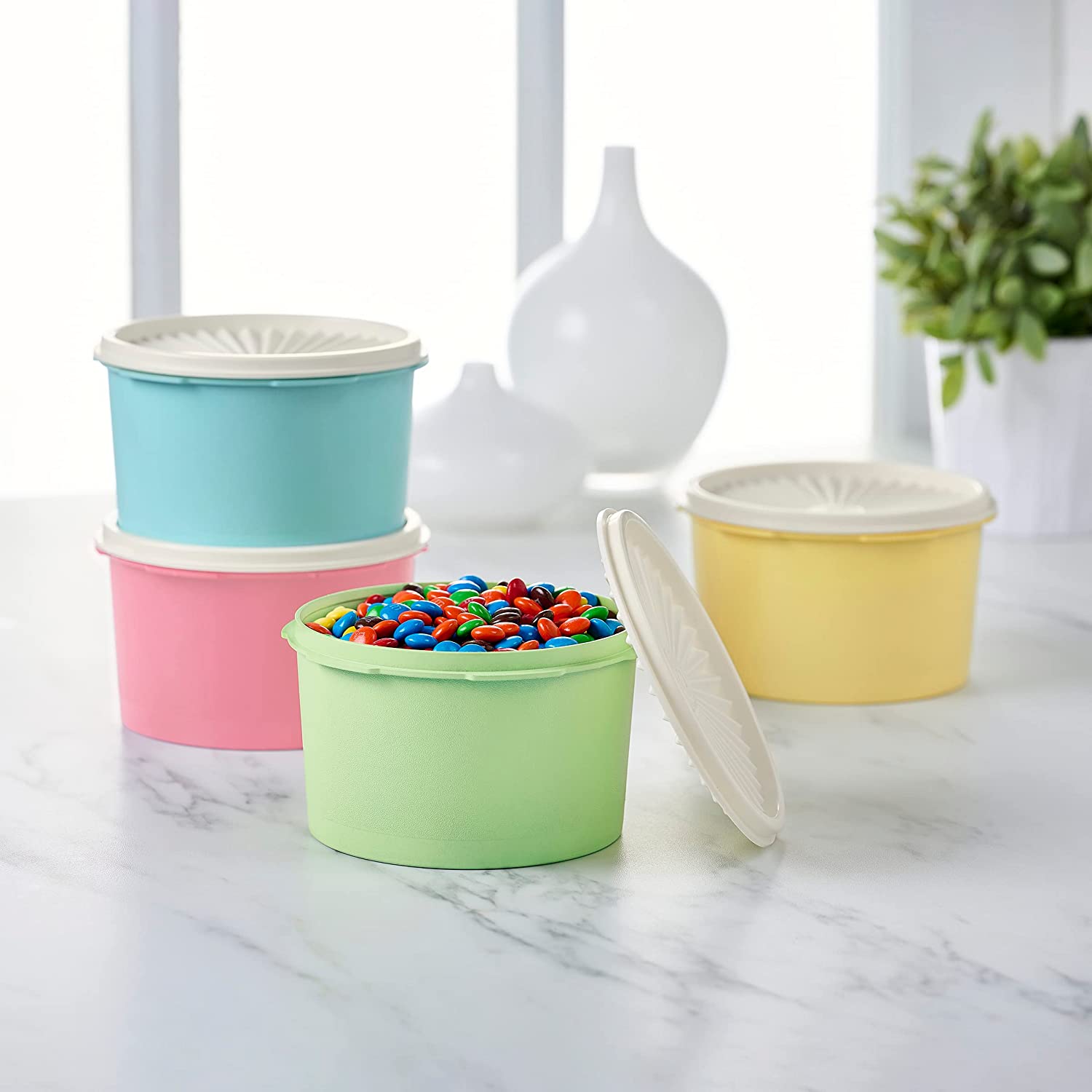
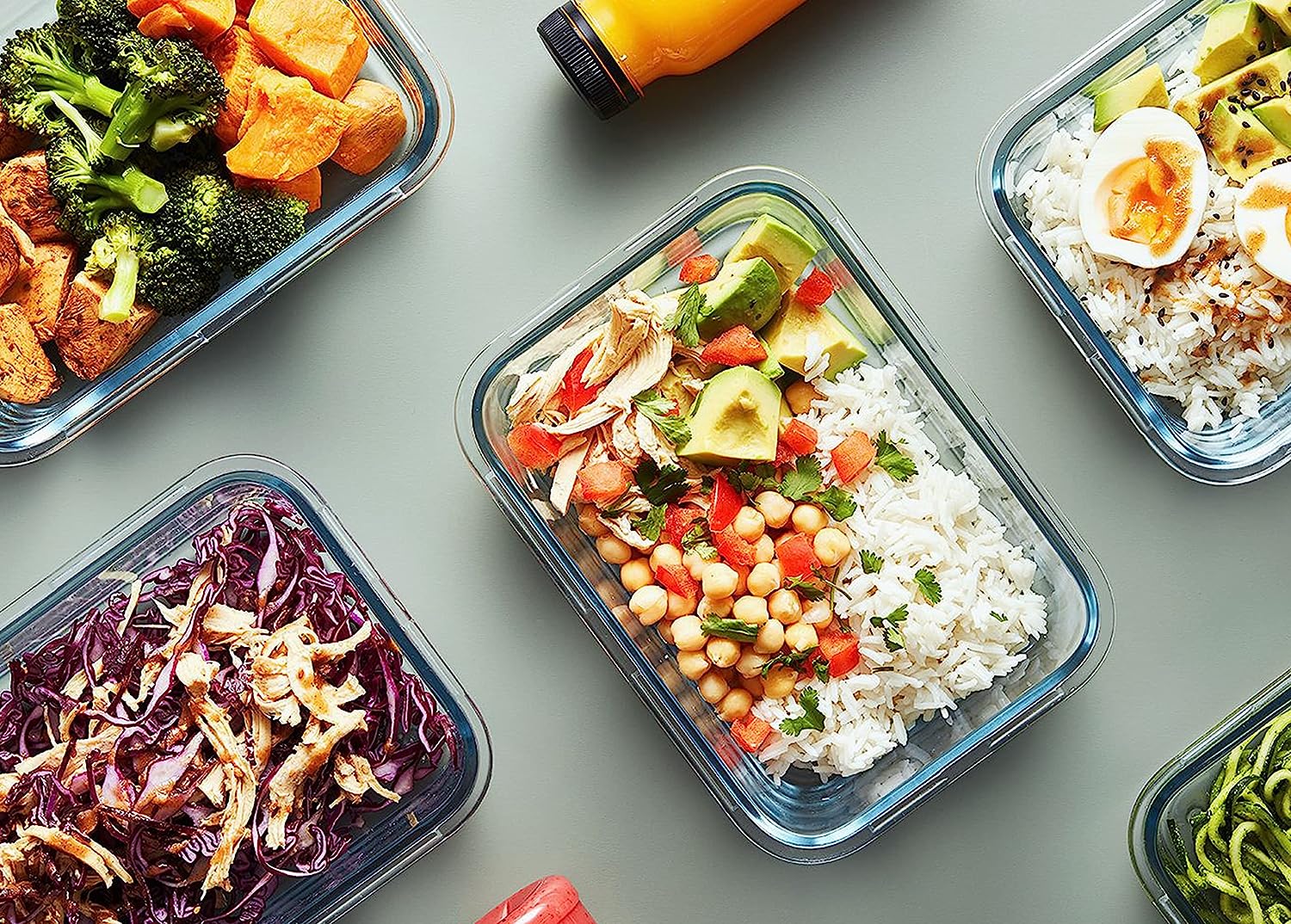
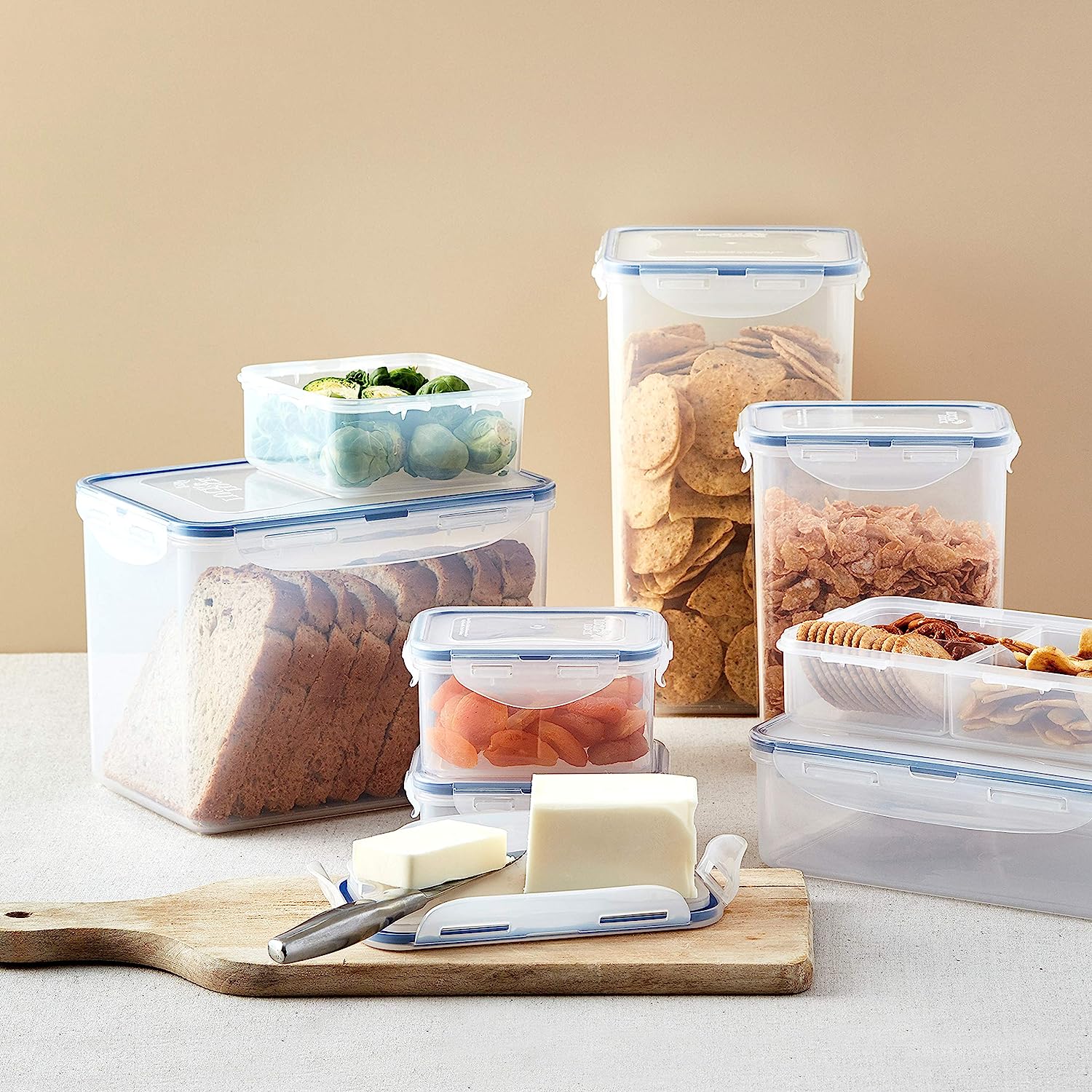

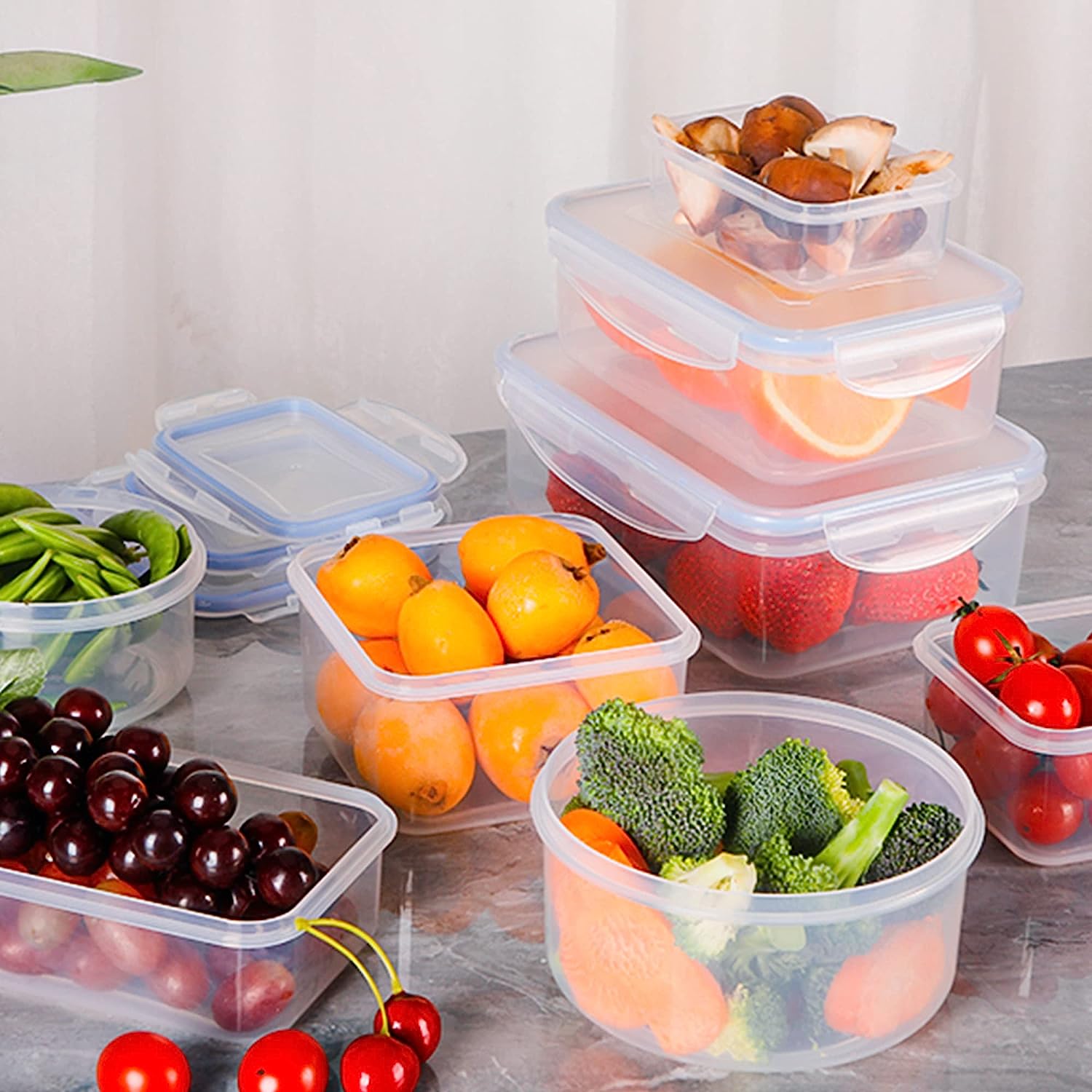
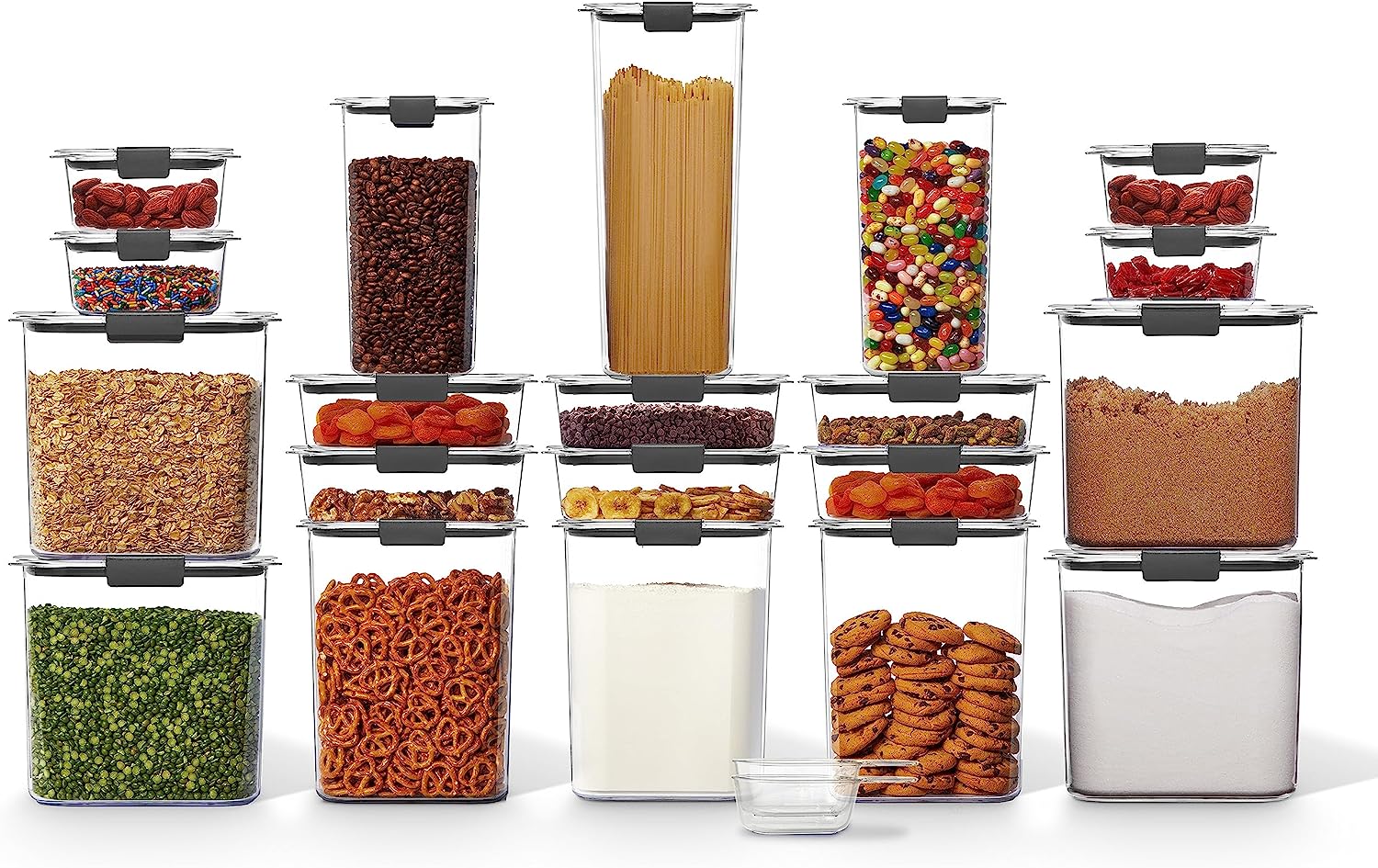

0 thoughts on “How To Store Food Storage Containers”